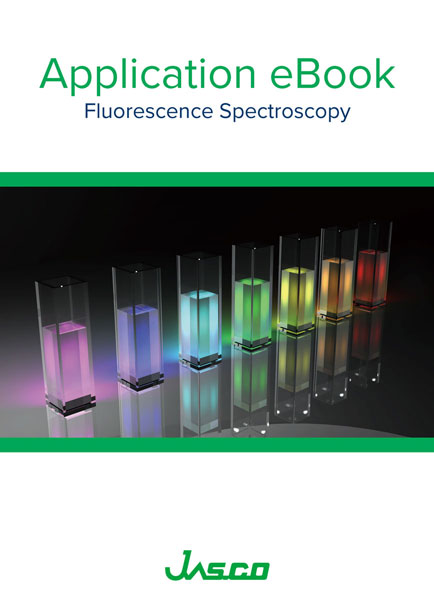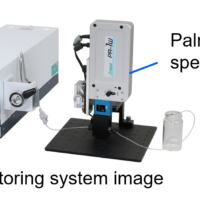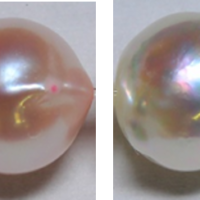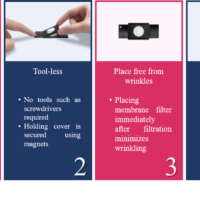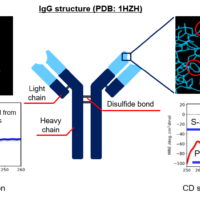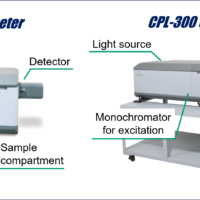Table of contents
Principle
- What is fluorescence?
- Absorption and emission
- Excitation spectrum and fluorescence spectrum
- Advantages of fluorescence spectroscopy
- Solutions by fluorescence spectroscopy
Instrument Introduction
- FP-8050 Series Spectrofluorometer
LIFE SCIENCE APPLICATIONS
- Fluorescence measurement of heat-denatured protein
- Monitoring of protein behavior by using FRET
- Sensitivity evaluation of biosensor by using FRET
- Fluorescence depolarization measurement
- Enzyme kinetics probed by fluorescence spectroscopy
- Measurement of trypsin activity using fluorescence peptide substrate
- Reaction process monitoring by fluorescence stopped-flow system
- Quantitative analysis of λDNA using One drop accessory
MATERIAL SCIENCE APPLICATIONS
- Fluorescence quantum yield measurement
- Internal quantum efficiency measurement of phosphor powders
- Phosphorescence measurement
- Remote fluorescence measurement using optical fiber
- Evaluation of up-conversion phosphor
ENVIRONMENTAL SCIENCE APPLICATIONS
- Evaluation of environmental water using PARAFAC
- High-Speed Excitation Emission Matrix Measurement of Olive Oil
- Petroleum product assessment by counmarin analysis

